You Should Never Pile Mulch Around A Tree In Your Yard
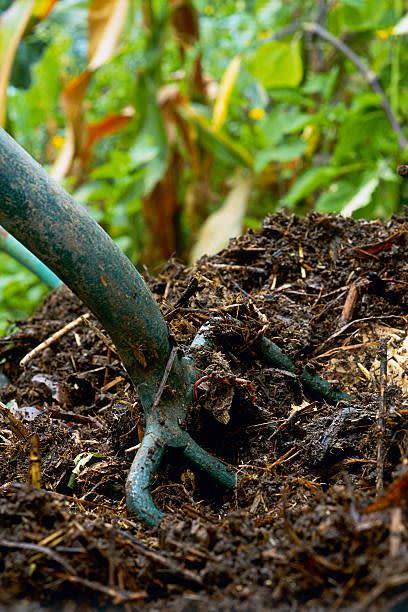
1) Mistake: Making a Mulch Volcano
It’s a common sight in yards and even professionally-landscaped properties: A volcano-shaped mound of mulch around the base of a tree or shrub. But the mulch holds moisture up against the plant’s stems or trunk, which encourages decay. And that invites insects and disease to move in. Roots also may begin to circle around in the mulch bed like they do inside a plastic container.
Fix it: Use a 2 to 3-inch deep layer, and pull it away from the tree (more like a donut than a volcano!).
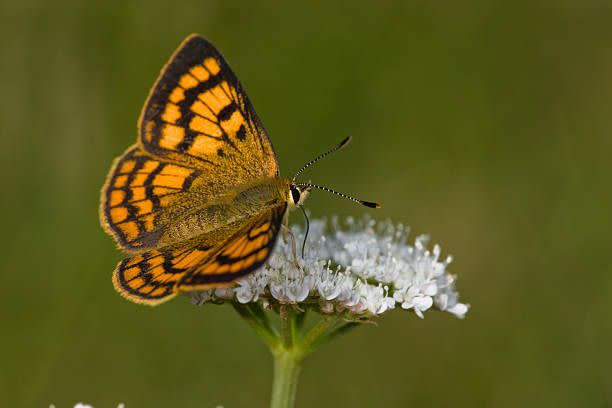
2) Mistake: Not Planting Flowers to Attract Pollinators
High school science refresher: Plants need pollinated to produce fruits and seeds. Some plants are self-pollinated, but many edible plants (including blueberries, apples, tomatoes, squash, and watermelon) need bees, flies, beetles, wasps and butterflies to carry pollen from plant to plant.
Fix it: Make it easy for these winged workers to find your vegetable garden by planting a variety of pollinator-friendly plants in your landscape such as catmint, bee balm, lavender, and herbs such as thyme, fennel, dill and oregano.
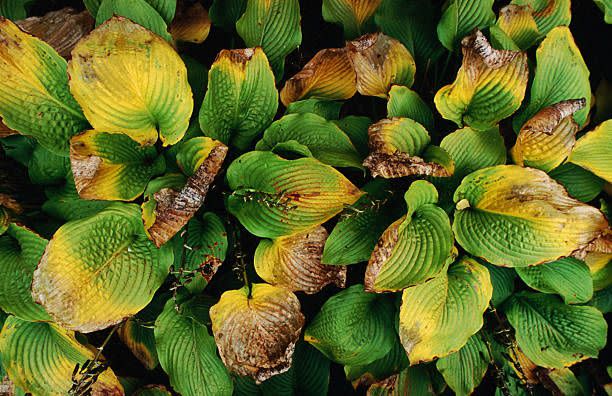
3) Mistake: Putting Plants in the Wrong Spot
That gorgeous shade-loving hosta may look perfect by your front door, but it won’t last long if that area gets full sun. Ditto for sun lovers in the shade; they won’t bloom or thrive.
Fix it: “Right plant, right place” is a popular saying among plant geeks. Read the plant label or description before purchasing a plant, and have an appropriate spot in mind. For the record, full sun means 6+hours of direct sunlight, part sun means about half that. Full shade means no direct sun.
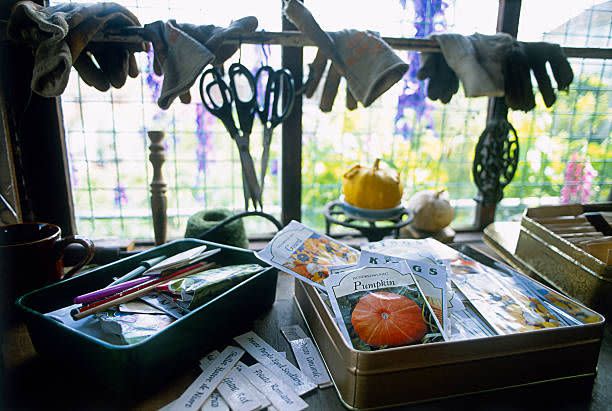
4) Mistake: Not Checking a Plant's Hardiness Zone
Your new shrub did so well over the summer! But now comes winter, and by next spring, it’s couple of crispy brown sticks.
Fix it: The plant tag or description is key again. Check to make sure a plant can survive in your USDA Hardiness zone before purchasing (find your zone here). There’s simply no sense buying a plant that won’t make it through the first winter in your climate.
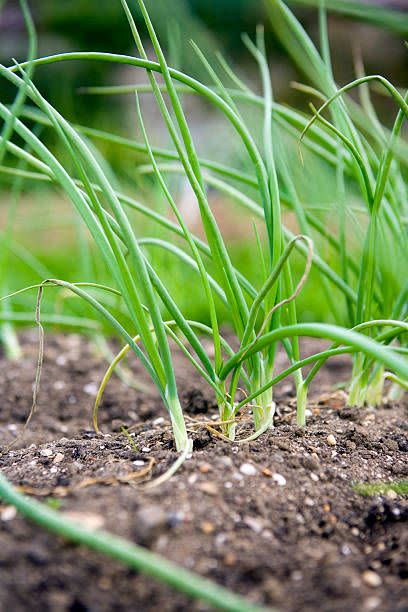
5) Mistake: Placing Plants Too Close Together
Do you like being crowded? Probably not, and neither do plants! Whether it’s shrubs or tomatoes, plants need air circulating around them and room to spread their branches and roots. Squeezing everything in too closely not only invites disease but also reduces your harvest. That’s true whether you’re planting in ground or in containers.
Fix it: Read the seed label or plant tag and description for how far apart to plant, and follow the recommended spacing intervals.
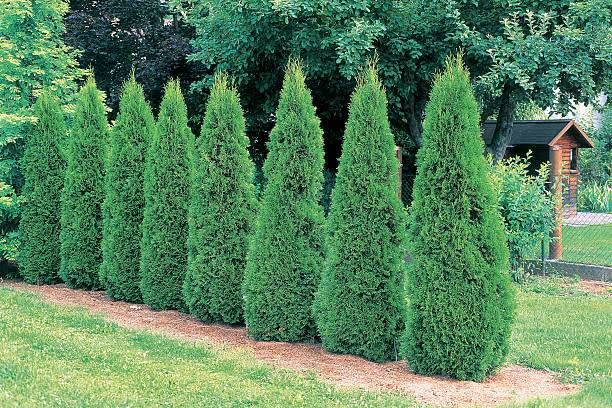
6) Mistake: Installing One Type of Plant in a Row
It’s understandable that you want a nice, tidy row of trees, such as arborvitae, to screen a view or add privacy to your back yard. But that’s called planting a “monoculture”—and it’s a bad idea. If pests or disease strikes, you’ll lose the whole row—or even worse, just one or two here and there, which looks awful!
Fix it: Plant trees or shrubs in clusters or staggered rows of different kinds of plants. It adds more interest to the landscape and offers more habitat for a wider array of beneficial birds, insects and animals.
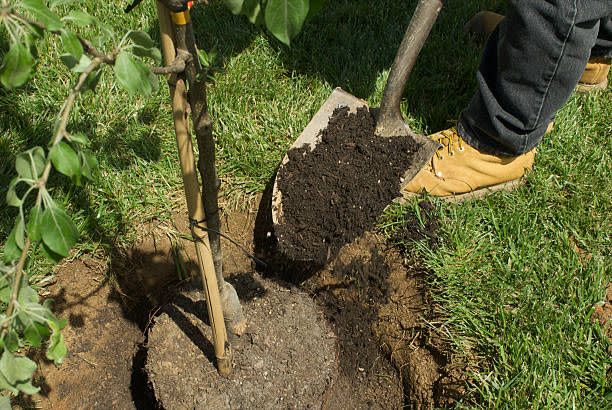
7) Mistake: Planting Too Deeply in the Hole
This mistake is probably one of the most common reasons plants die in time—and you may not associate how it was planted with the plant’s decline a few years later.
Fix it: Dig a hole about 2 to 3 times wide as the container, but set the plant in at the same level as it was in the pot. Or set it up an inch above ground level if you plan to mulch (and you should! Mulch helps preserve moisture and keep down weeds). Pay special attention to trees: The root flare, where the base widens slightly, should be above ground; a tree should not look like a telephone pole coming out of the ground.
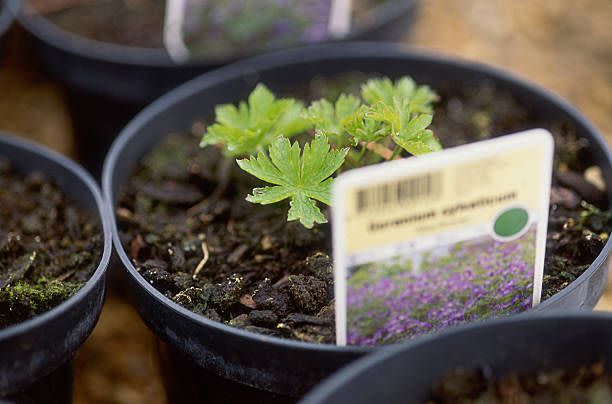
8) Mistake: Underestimating a Plant’s Mature Size
That little 10 or 12-inch container plant or baby tree is all grown up, and it’s a nightmare! It’s too close to the house, crowding its plant neighbors and stunting their growth, and generally becoming a maintenance nuisance.
Fix it: Read the plant tag or label before planting, and heed the plant’s mature size. You’ll only make more work for yourself in the future if you ignore it!
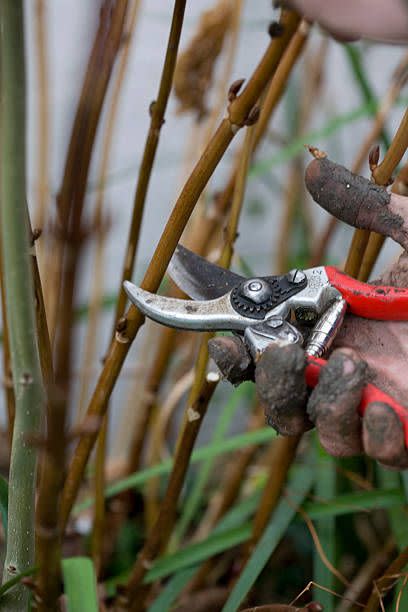
9) Mistake: Pruning Shrubs Too Aggressively or Too Early
After a long winter, you’re naturally eager to get out there and snip your shrubs into shape. However, some flowering shrubs bloom on old wood, which is last year’s growth, and some bloom on new wood, which means this year’s growth. If you prune too soon, you may cut off this year’s blooms. This may occur with shrubs such as forsythia and some types of hydrangeas.
Fix it: Be patient! If you know a plant blooms on this year’s new wood, it’s okay to prune lightly in early spring. But if you’re not sure what kind of plant you have, wait until your shrubs flower, then shape as you wish as soon as the blooms fade.
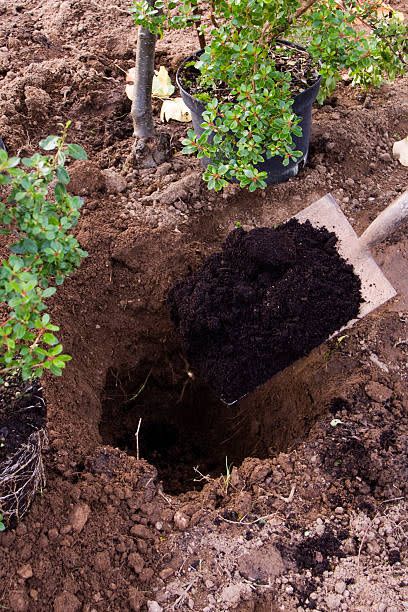
10) Mistake: Adding Potting Soil to Your Planting Hole
The old-school practice of adding potting soil—or peat moss—is no longer recommended, as several studies have shown that it’s not helpful. In fact, it may cause drainage problems and encourage the plant’s roots to stay in the hole, instead of spreading out into the surrounding ground like they should. The result is a weak tree or shrub.
Fix it: When planting, dig your hole 2 to 3 times as wide, but only as deep as the container. Then set the plant in the hole and backfill with only the soil you removed-- no potting soil, peat moss, or other amendments. Ultimately, your plant has to grow in the native soil, so don’t baby it and turn it into a weakling.
Luckily, this is one mistake that's easy to fix.